Photos: Ancient Buddhist monastery in Mes Aynak in Afghanistan
Mes Anyak stele
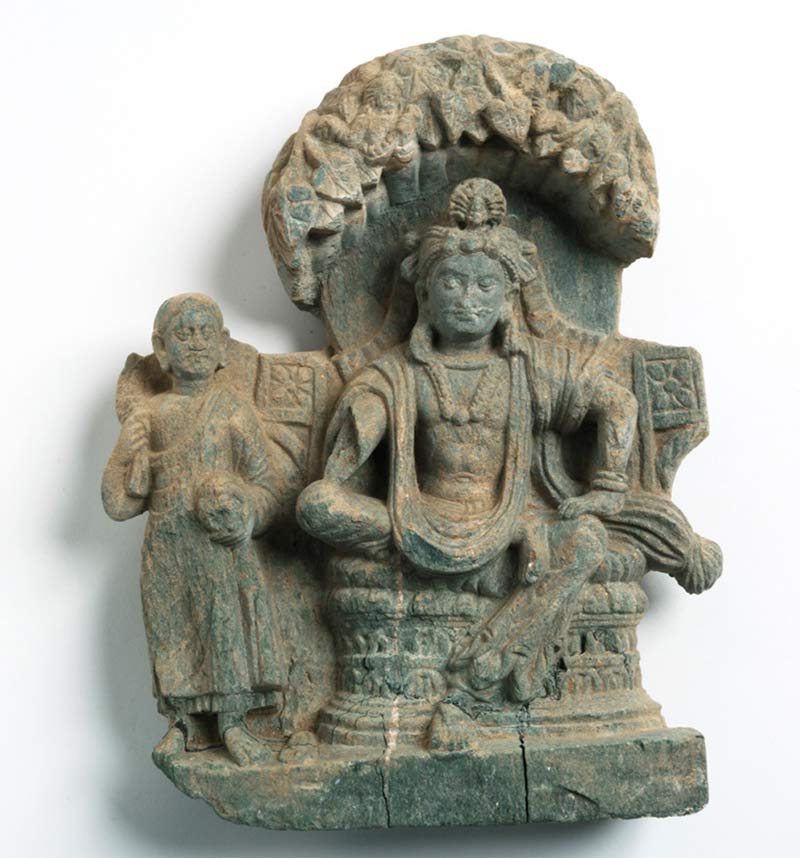
A newly discovered stele from Mes Aynak, in Afghanistan, reveals a depiction of a prince and monk. It dates back at least 1,600 years and possibly earlier. It is believed to show a young Gautama Siddhārtha Śākyamuni, the founder of Buddhism, at a time when he was still a prince living in a palace. The stele was found beneath the decorative arch of a secondary stupa, a commemorative monument.
Mes Anyak

Mes Aynak is located about 25 miles (40 km) east of Kabul and contains an ancient Buddhist monastic complex. A rich copper deposit is also located there and excavations are underway to explore the site, and rescue the artifacts, before a mine is built.
Tepe Kafiriat Monastery
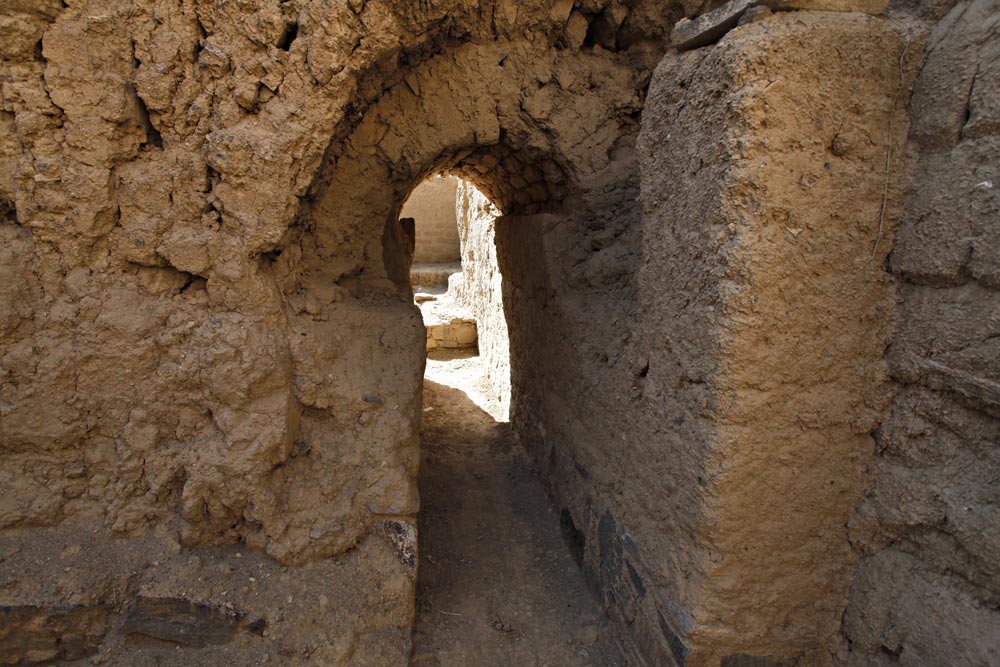
So far the finds include three or four monasteries and an ancient mine, with associated habitations, going back to the time of the Kushan Empire. There are also at least two small forts. This image shows the corridor of the Tepe Kafiriat monastery.
Tepe Kafiriat Monastery
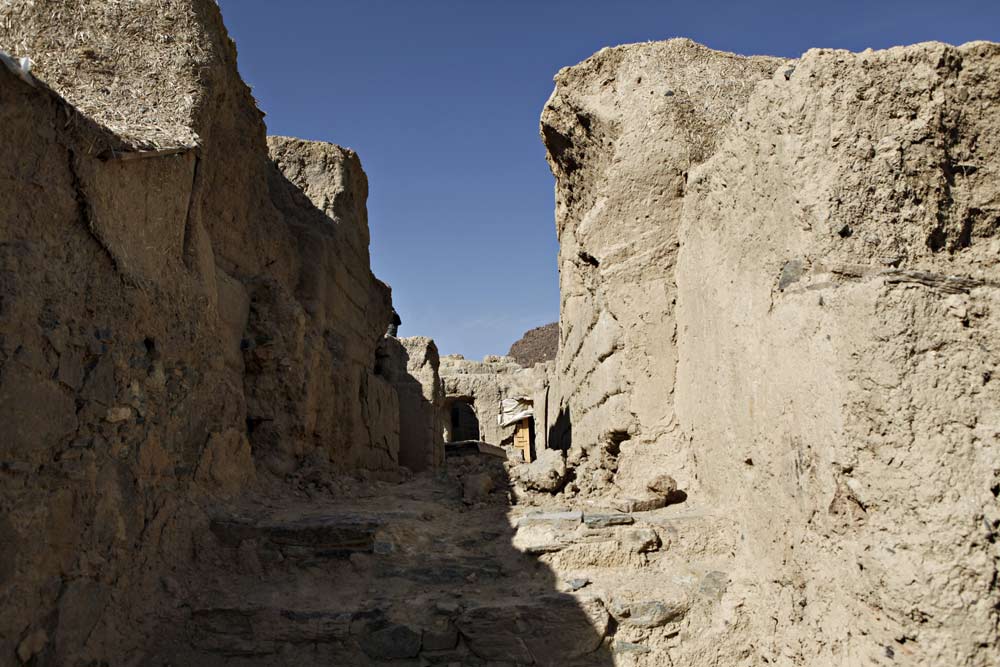
A view of Tepe Kafiriat, one of the monasteries of ancient Mes Aynak, many key archaeological finds are located here, including the newly discovered stele.
Buddha
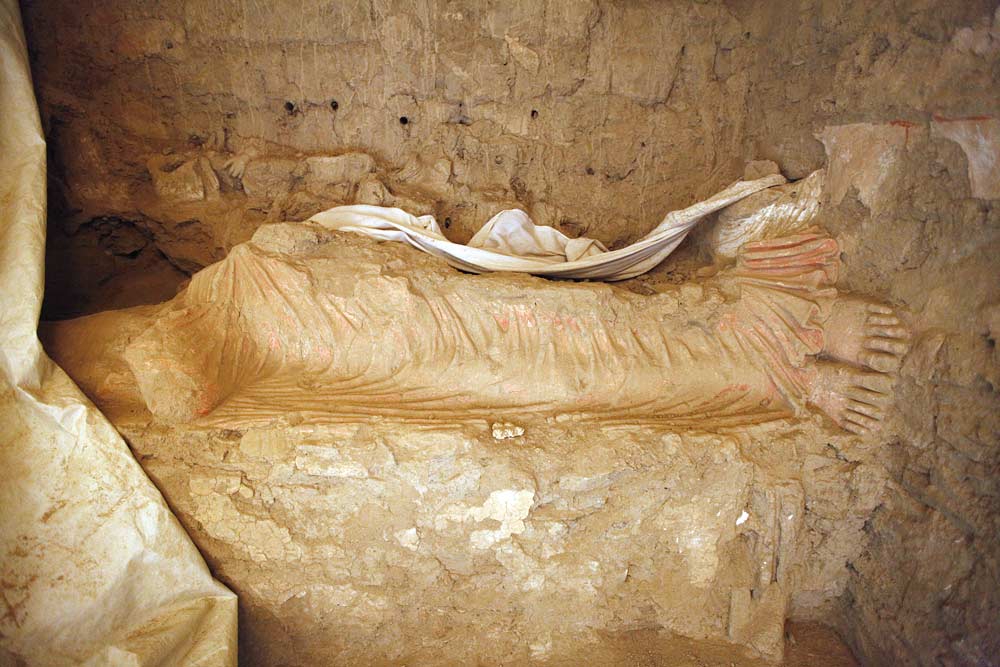
A reclining Buddha, whose feet are still visible, that is located at the Tepe Kafiriat monastery. The artistry at the site would have been very rich in ancient times.
Central Court Ruins

The central court of the ruins of the Kafiriat monastery at Mes Aynak, archaeological work is underway.
Kafiriat Monastery Stupa

An example of a stupa at the Kafiriat monastery found at Mes Aynak. These ceremonial monuments held sacred relics related to the Gautama Buddha or other important individuals. There are several stupas at the site, the newly discovered stele was found beside one of them.
Get the world’s most fascinating discoveries delivered straight to your inbox.
Kafiriat Monastery
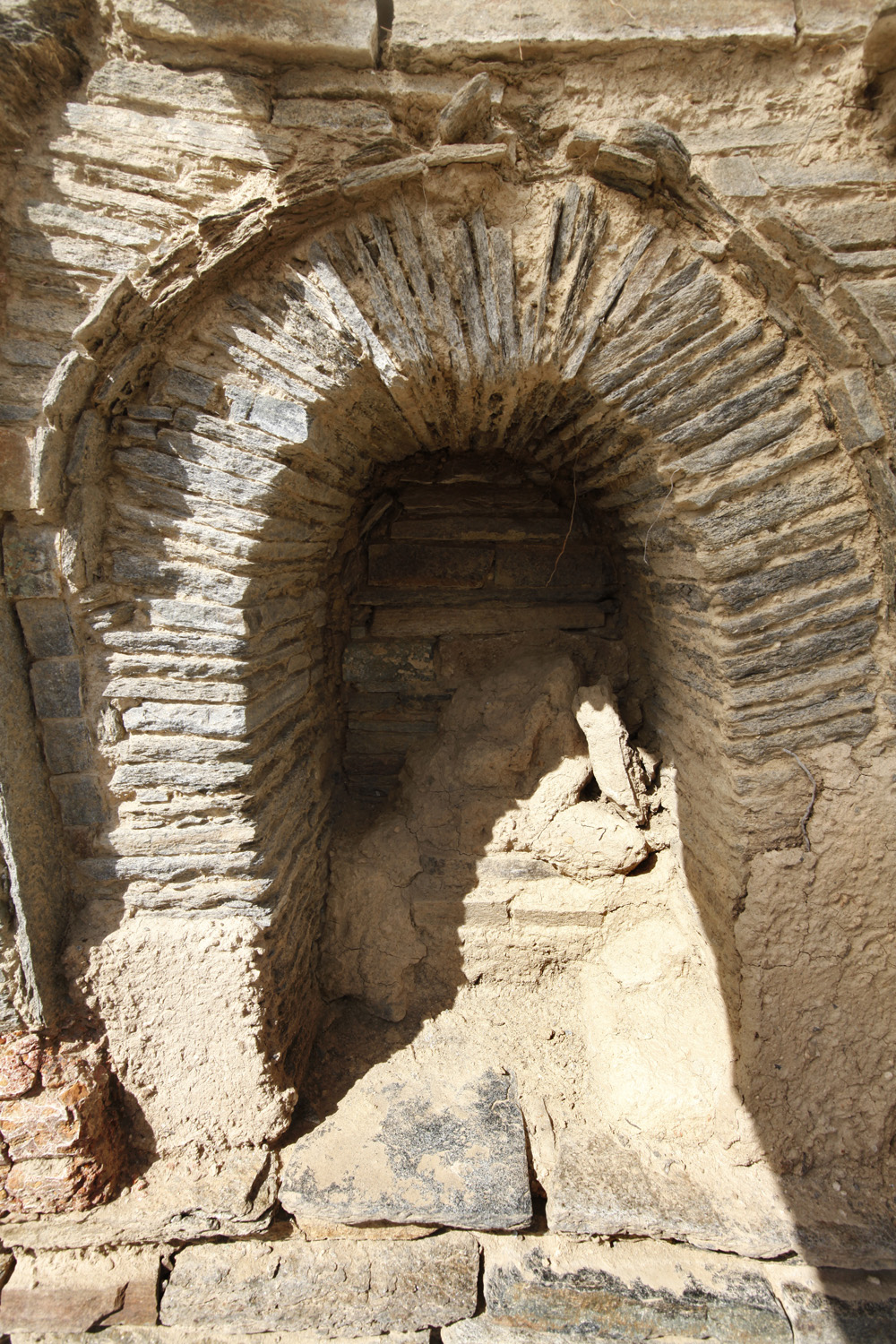
A niche, from a stupa, that would have been used to hold a statue.
Stamped Pottery

This piece of stamped pottery features a depiction of a pomegranate.
Buddha Stele
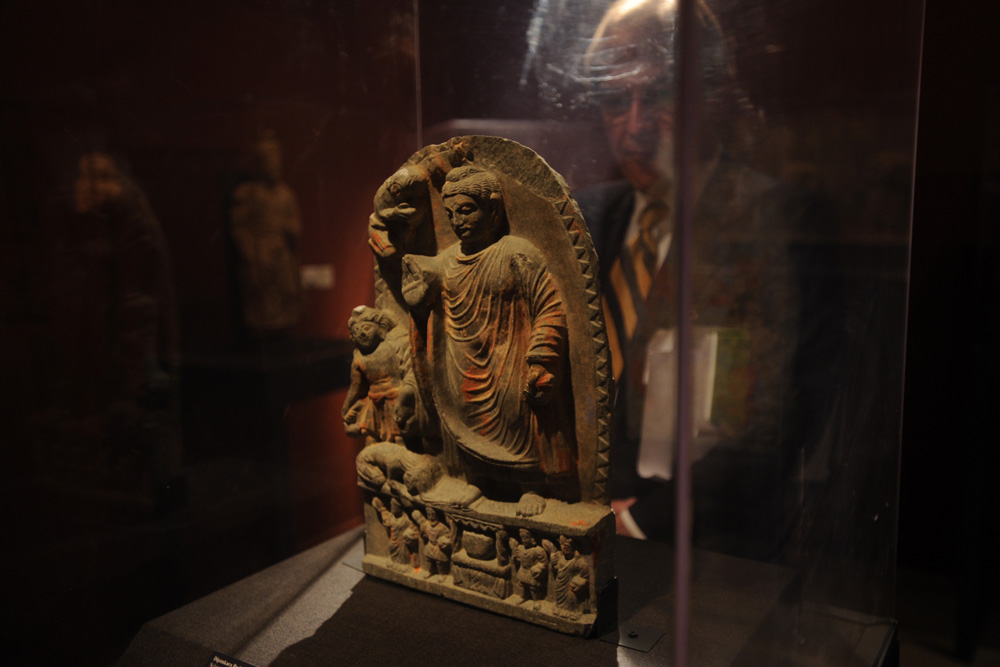
Another example of a stele found at Mes Aynak. This one appears to depict a Buddha (can’t tell if it’s Gautama) in robes. It was put on display, along with other artifacts from the site, at an exhibit at the Afghanistan National Museum in Kabul.
Monk's Quarters

Architecture is unearthed in what is believed to be a monk’s quarters at Mes Aynak.
Source of Light
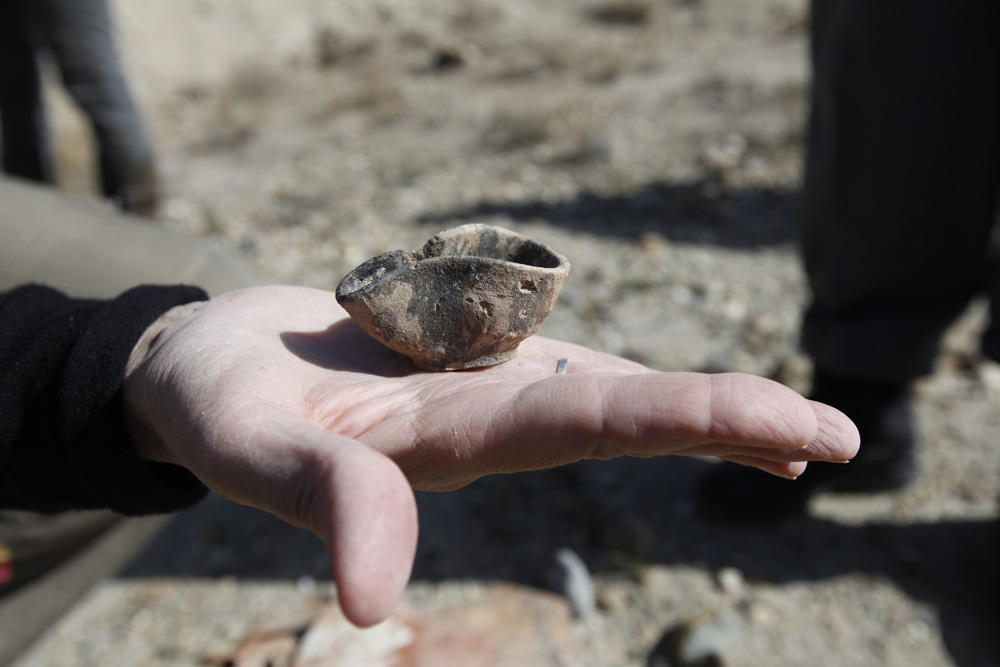
A tiny oil lamp found at the site.

Owen Jarus is a regular contributor to Live Science who writes about archaeology and humans' past. He has also written for The Independent (UK), The Canadian Press (CP) and The Associated Press (AP), among others. Owen has a bachelor of arts degree from the University of Toronto and a journalism degree from Ryerson University.


